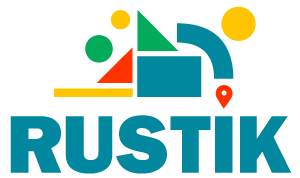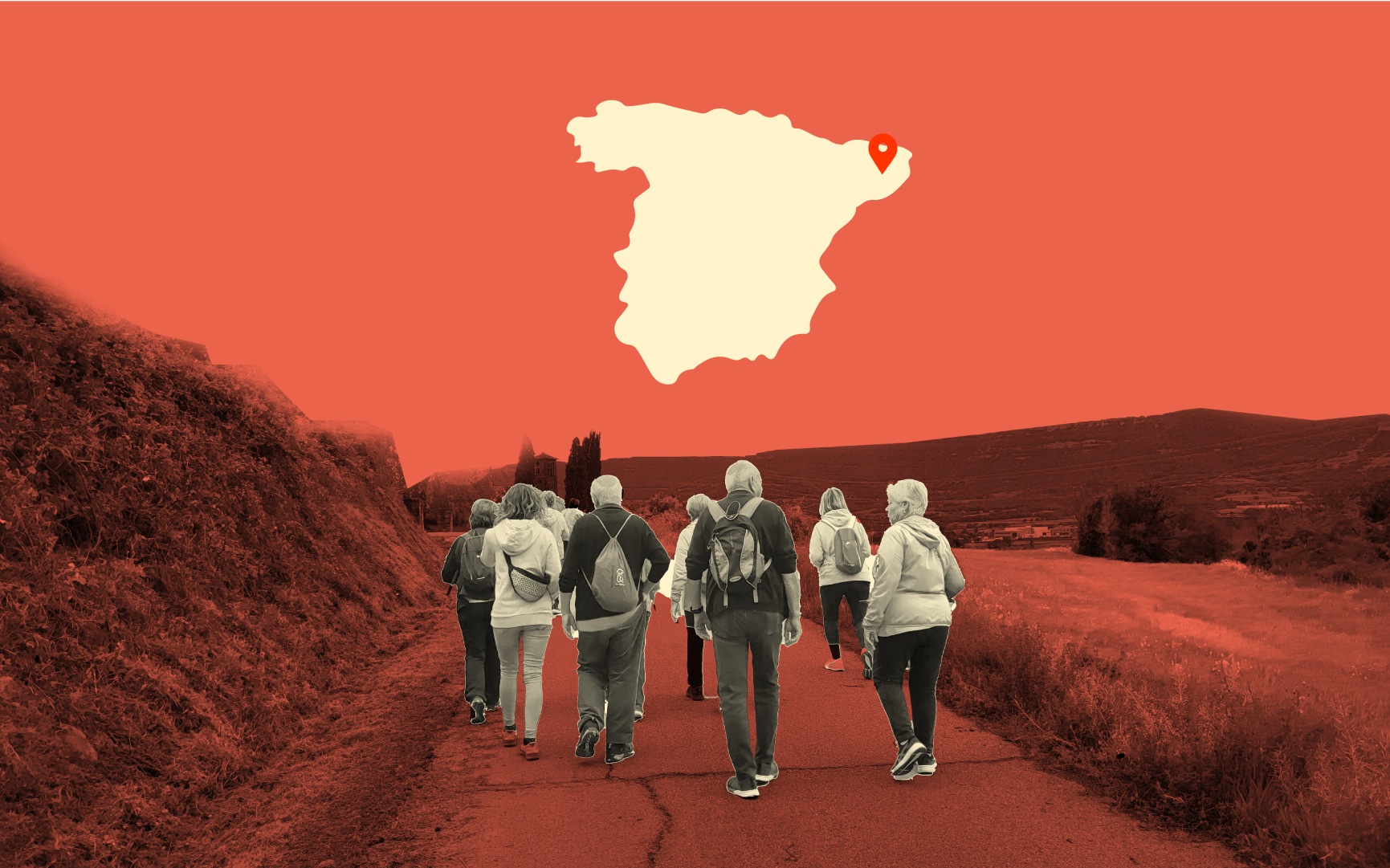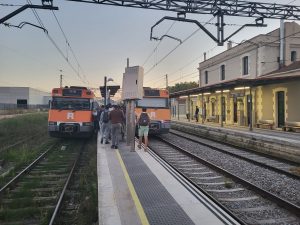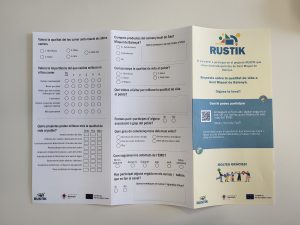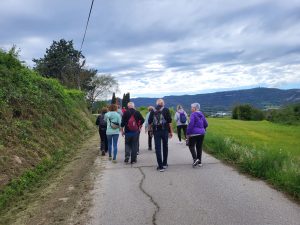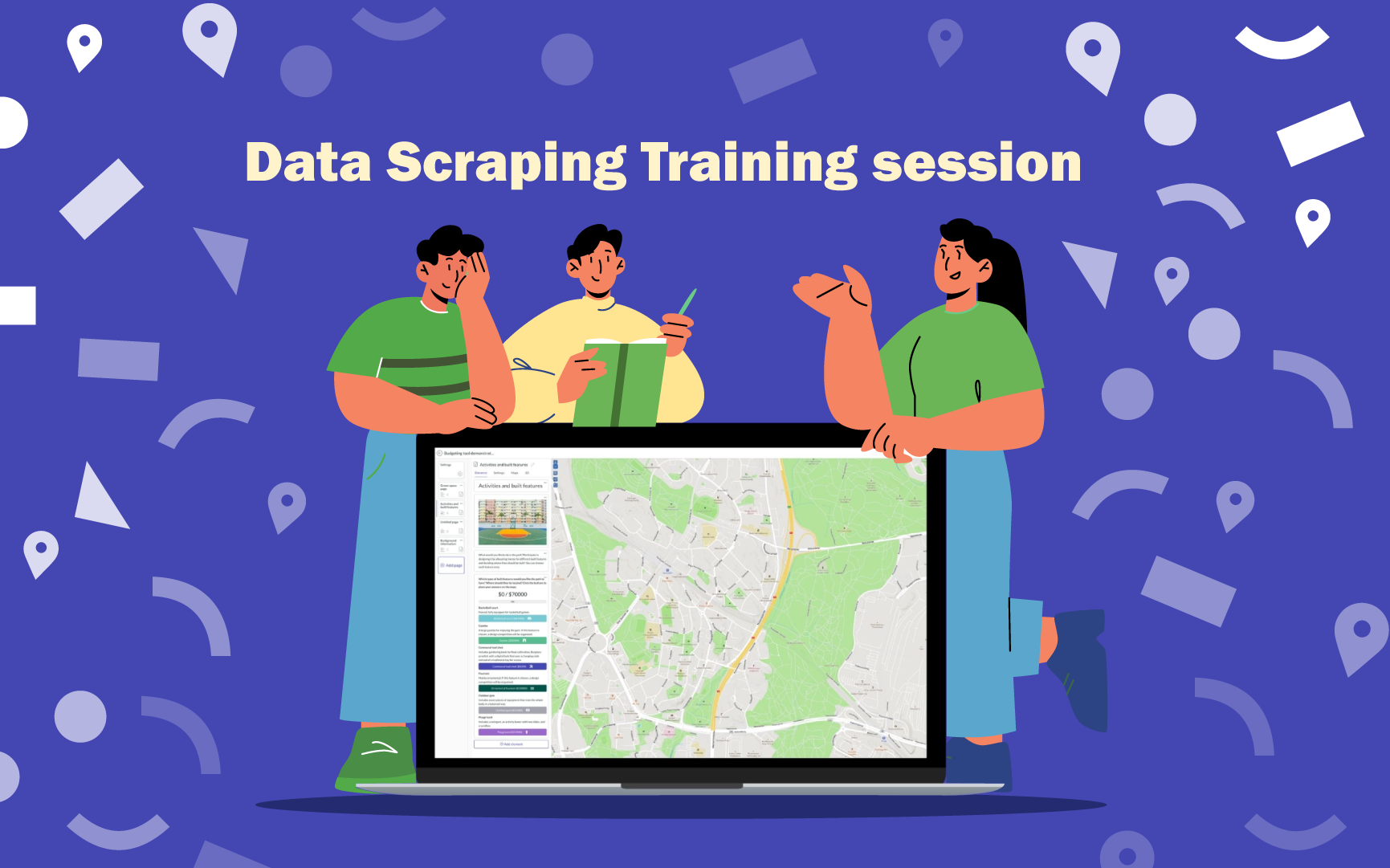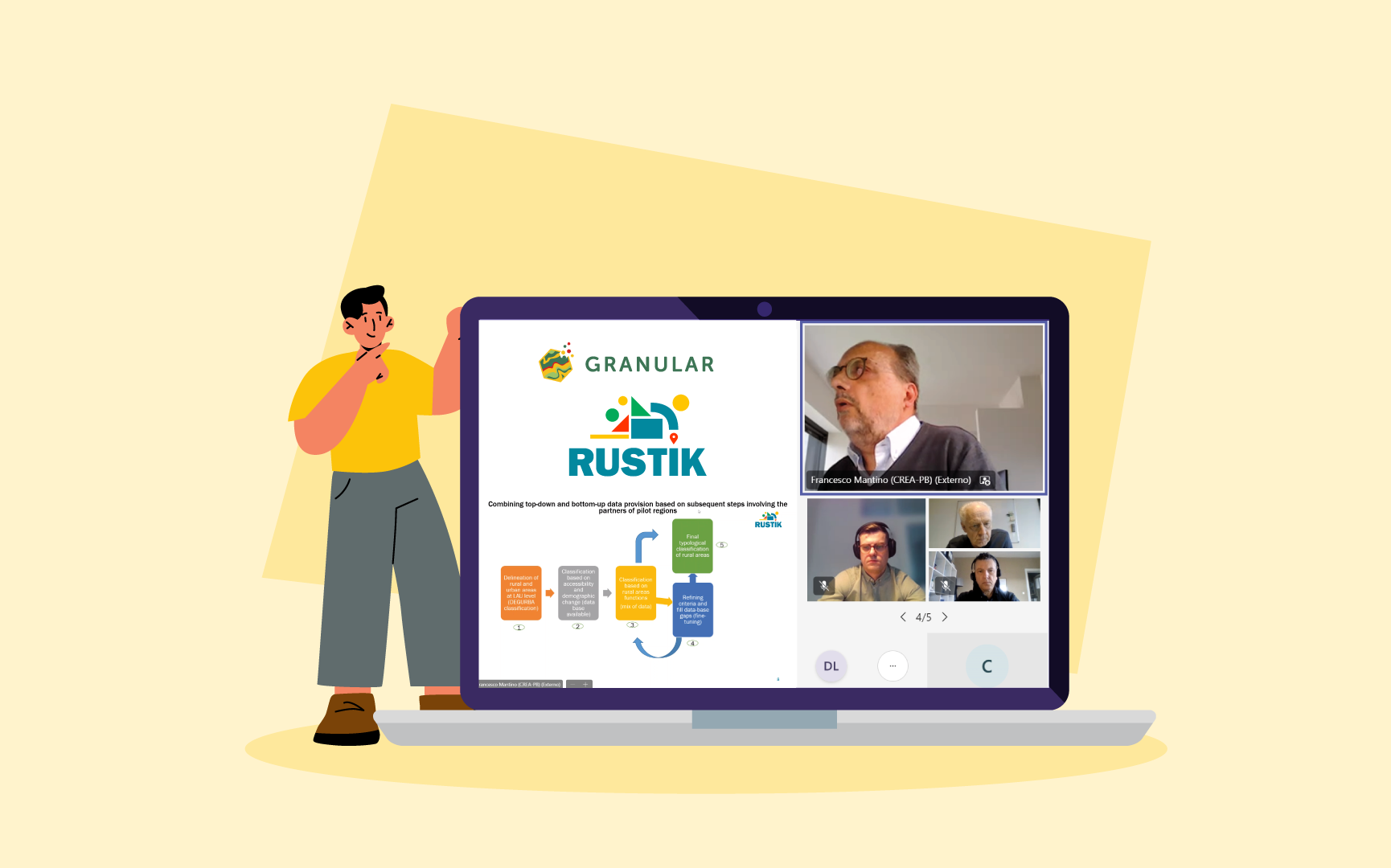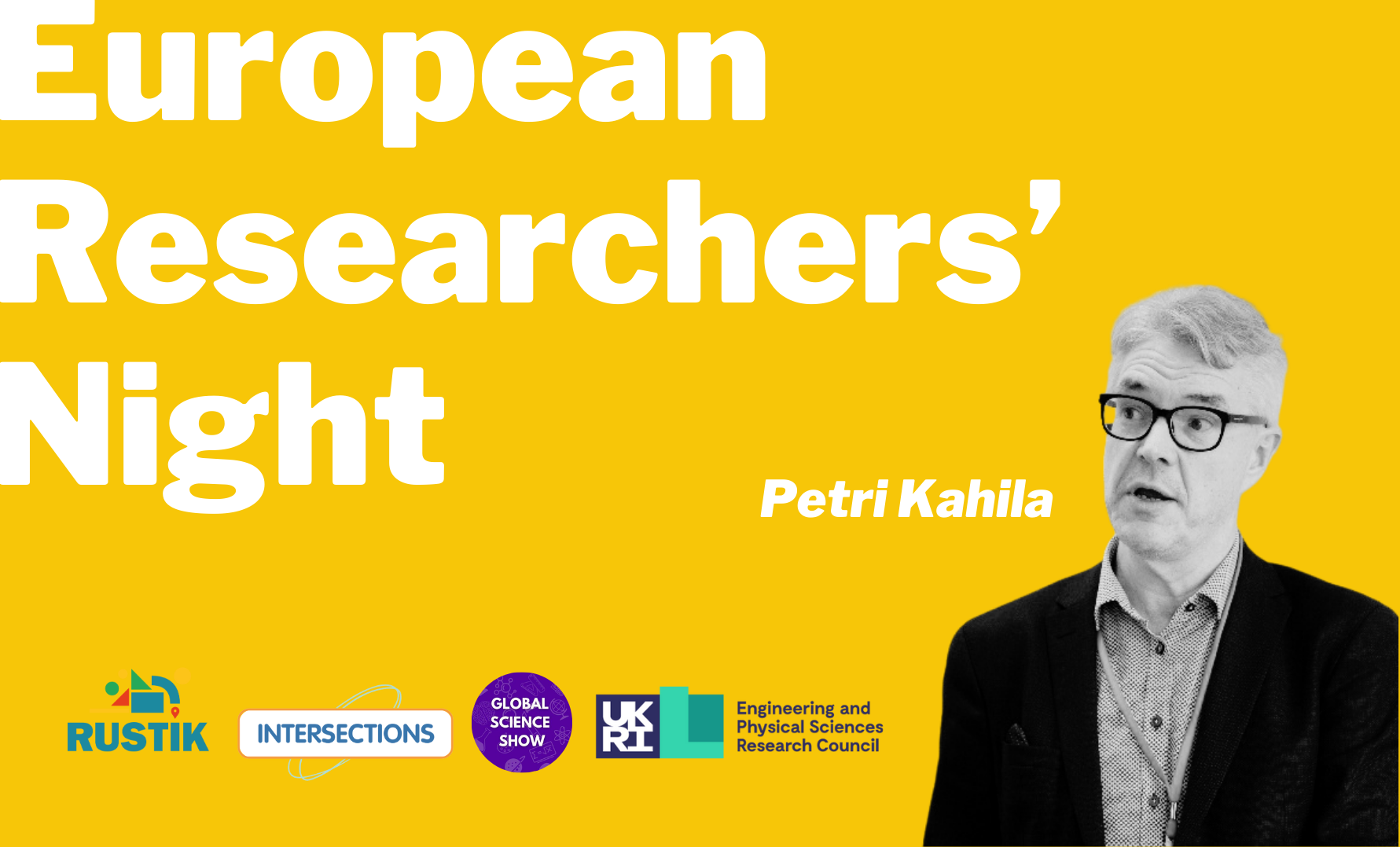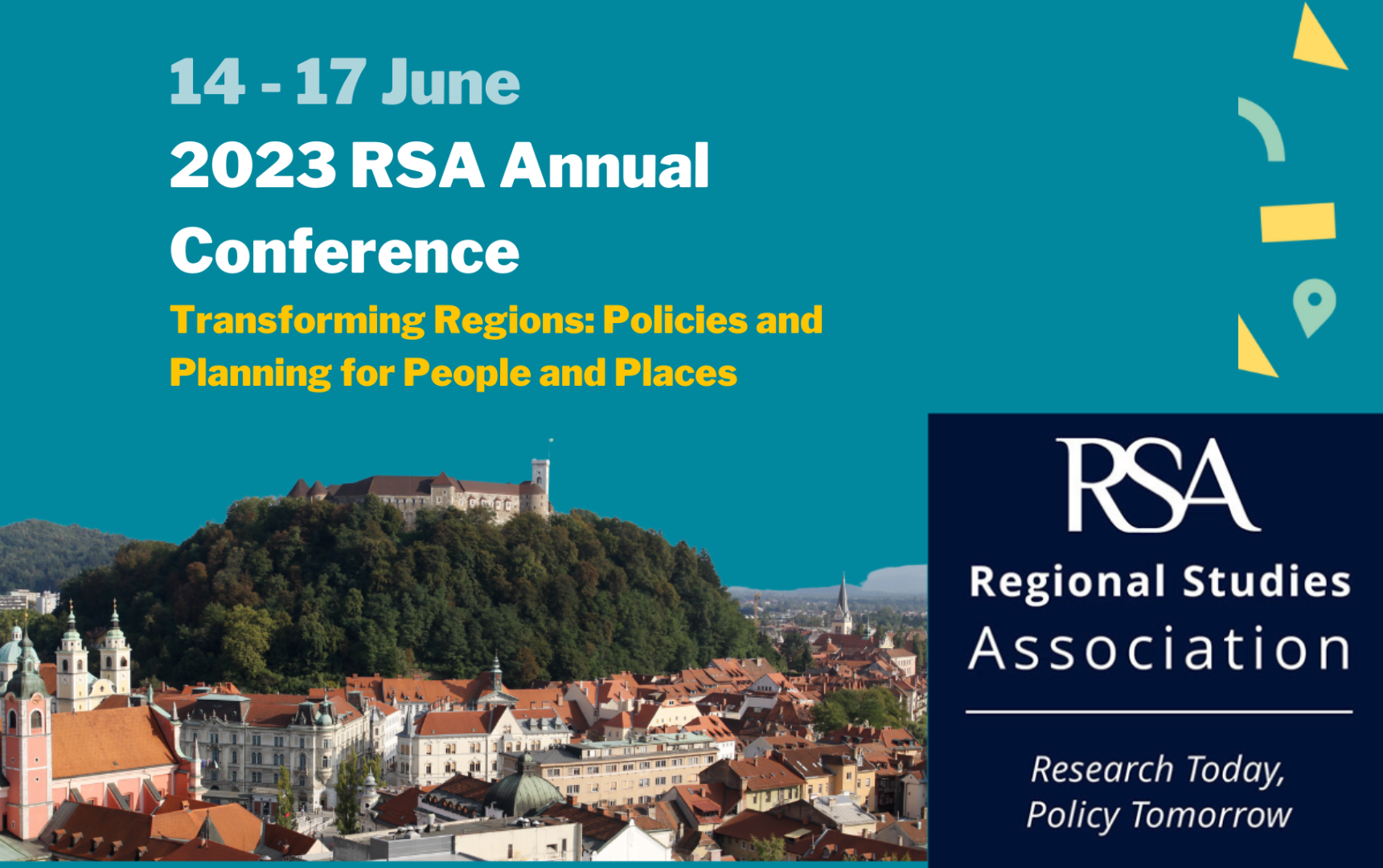The Regional Studies Association’s Annual Conference is just around the corner, and we are excited to announce the participation of several esteemed colleagues from the RUSTIK project. The conference, organized in collaboration with the School of Economics and Business, the University of Ljubljana, and the Slovenian Ministry of Cohesion and Regional Development, will provide a platform for knowledge exchange and discussion on a wide range of topics related to regional and urban development, policy, and research.
The RSA Annual Conference in Ljubljana promises to be a stimulating event, and our RUSTIK colleagues will be actively contributing to the knowledge exchange. The following partners will be actively participating in the conference:
- Institute for Rural Development Research, WP7 Project management, administration, and coordination leader, represented by Simone Sterly
- University of Gloucestershire, WP3 Implementing Living Labs in 14 Pilot Regions leader represented by Bryonny Goodwin-Hawkin
- Federal Institute of Agricultural Economics, Rural and Mountain Research, WP5 Refined understanding of rural dynamics, impact assessment, and conclusions leader, represented by Ingrid Machold, and of course, the University of Ljubljana, represented by Ilona Rac.
- “Entrepreneurial Ecosystems and Challenge-oriented Regional Innovation: A Research and Policy Agenda for European Startup Villages”
- Date: Thursday, June 15 | Time: 2:00 PM – 3:30 PM CEST
Bryonny Goodwin-Hawkins, along with Fabrizio Guzzo, Fernando Merida Martin, and Simone Sasso, will present a paper that focuses on entrepreneurial ecosystems and challenge-oriented regional innovation. Based on their work with the JRC for the Startup Village Forum, the presentation will shed light on the EU’s Long-term Vision for Rural Areas and discuss a research and policy agenda for European startup villages.
- “Conceptualising Functional Rural Areas: Policy Directions and Research Foundations”
- Date: Friday, June 16 | Time: 2:50 PM – 4:20 PM CEST
Simone Sterly, Project Coordinator, and Bryonny Goodwin-Hawkins, Living Labs Coordinator will be presenting a compelling paper in this session. The paper, titled “Exploring Functional Rural Areas: New Pathways for Multifunctional Rural Regions,” and prepared together with the consortium members Franco Mantino, Ilona Rac, and Aimee Morse, delves into the conceptualization of Functional Rural Areas which is directly based on the work developed by the RUSTIK Consortium on rural functionalities
This research, rooted in the RUSTIK Consortium’s work, offers valuable insights into policy directions and research foundations in this emerging field. We look forward to their presentation at the RSA Annual Conference and the stimulating discussions it will generate among scholars, policymakers, and researchers interested in the future of rural-urban dynamics and regional development.
- “Accommodation and Housing of Asylum Seekers and Recognised Refugees in Rural Areas – Two Cases from Rural Austria”
- Date: Friday, June 16 | Time: 2:50 PM – 4:20 PM CEST
Ingrid Machold will present a paper that examines the accommodation and housing of asylum seekers and recognized refugees in rural areas, focusing on two cases from rural Austria. While this paper is not directly related to the RUSTIK project, it highlights the importance of supporting our colleagues and their valuable research.
- JRC SMARTER Conference Stream Policy Dialogue Session: “Making Policy Work for Future Generations – Sustainability Transitions as a Long-term Recovery” –
- Date: Friday, June 16 | Time: 4:50 PM – 6:30 PM CEST
Bryonny Goodwin-Hawkins will be participating in the JRC SMARTER conference stream policy dialogue session, where she will interview Slovenian MEP Frank Bogovic. Additionally, she will contribute to a panel discussion with Lars Coenen and Peter Benczur. The session aims to explore sustainability transitions as a long-term recovery strategy.
Don’t miss out on the chance to be part of this enlightening conference!, the RSA Annual Conference is a remarkable platform for sharing knowledge and fostering collaboration in the field of regional studies. Our RUSTIK colleagues’ presentations highlight crucial areas such as entrepreneurial ecosystems, functional rural areas, and refugee accommodation in rural settings. Their contributions will undoubtedly enrich the conference and inspire fruitful discussions among attendees. We wish them all the best for their presentations and look forward to the valuable insights they will bring back to our RUSTIK community.
